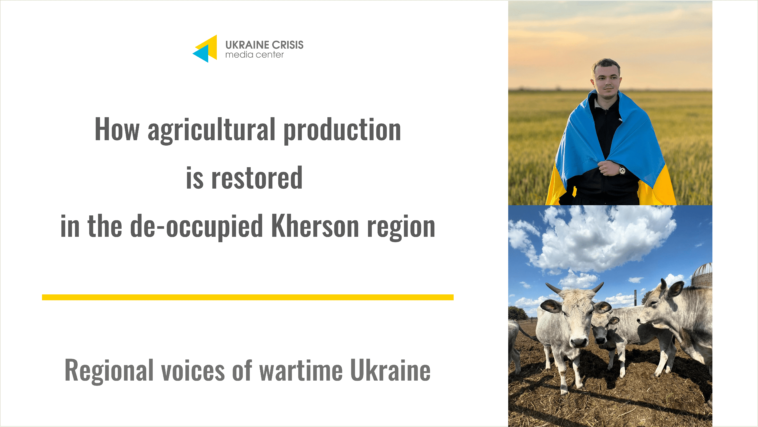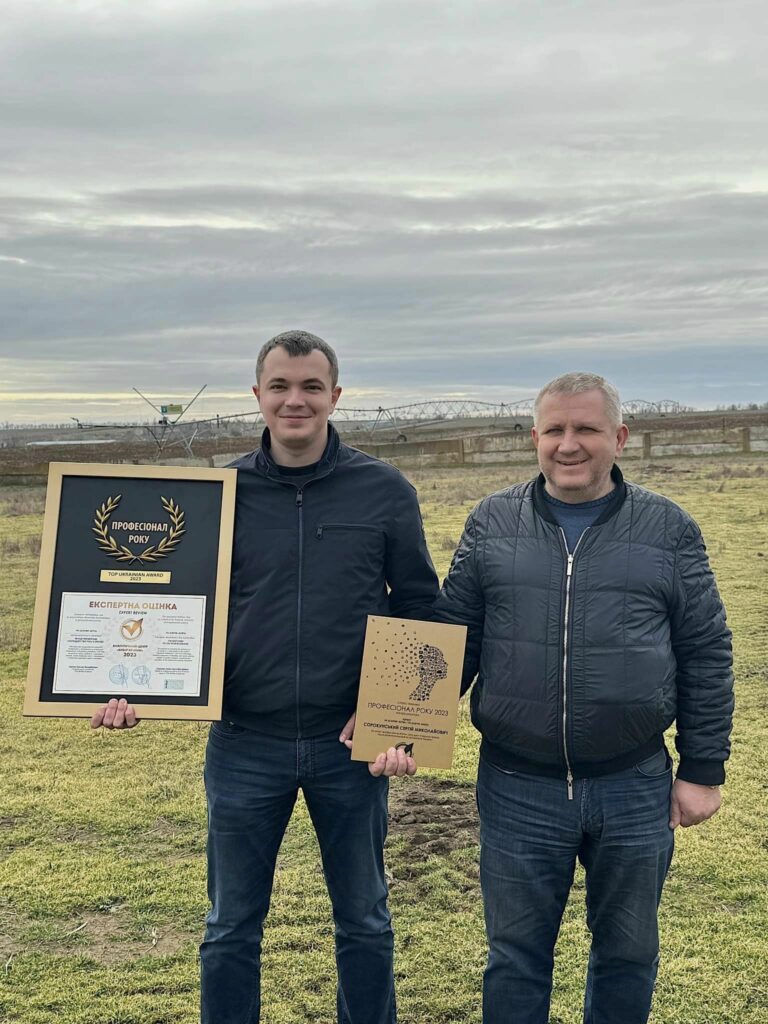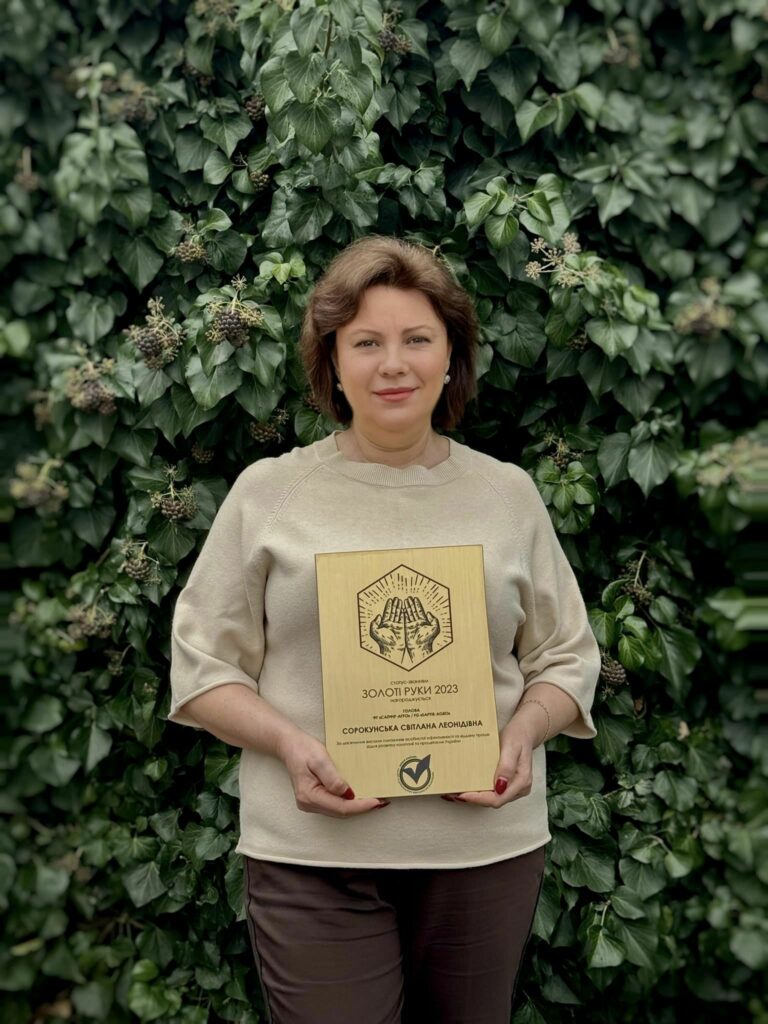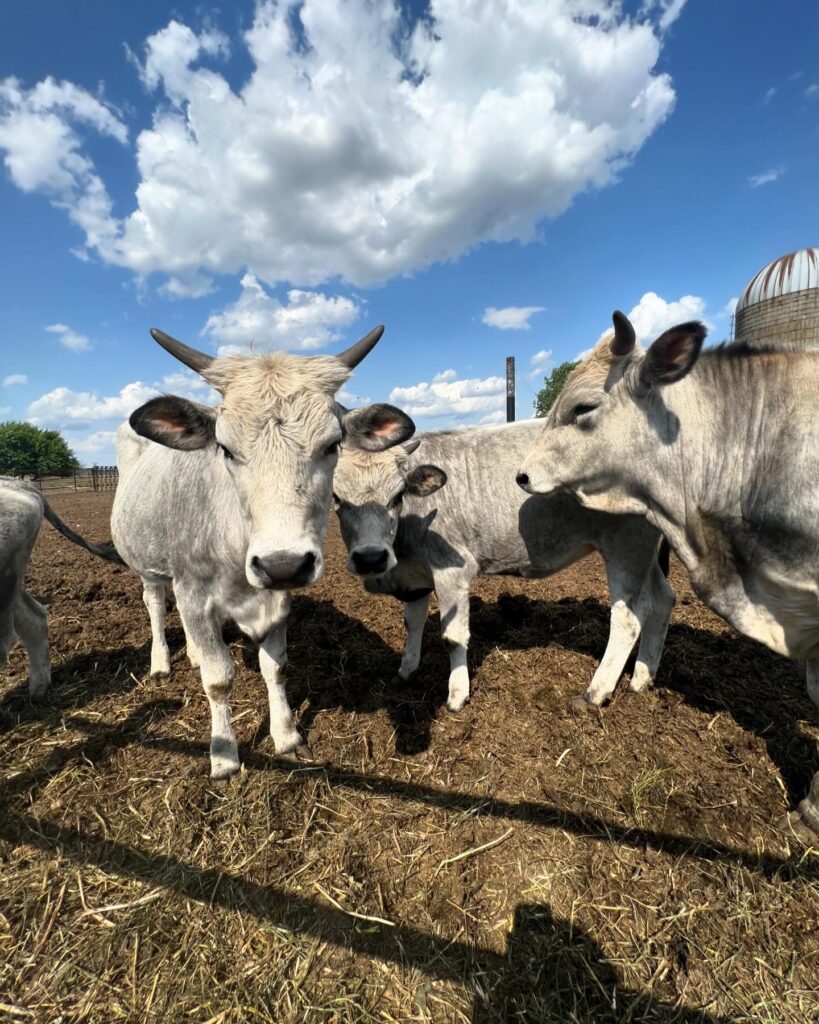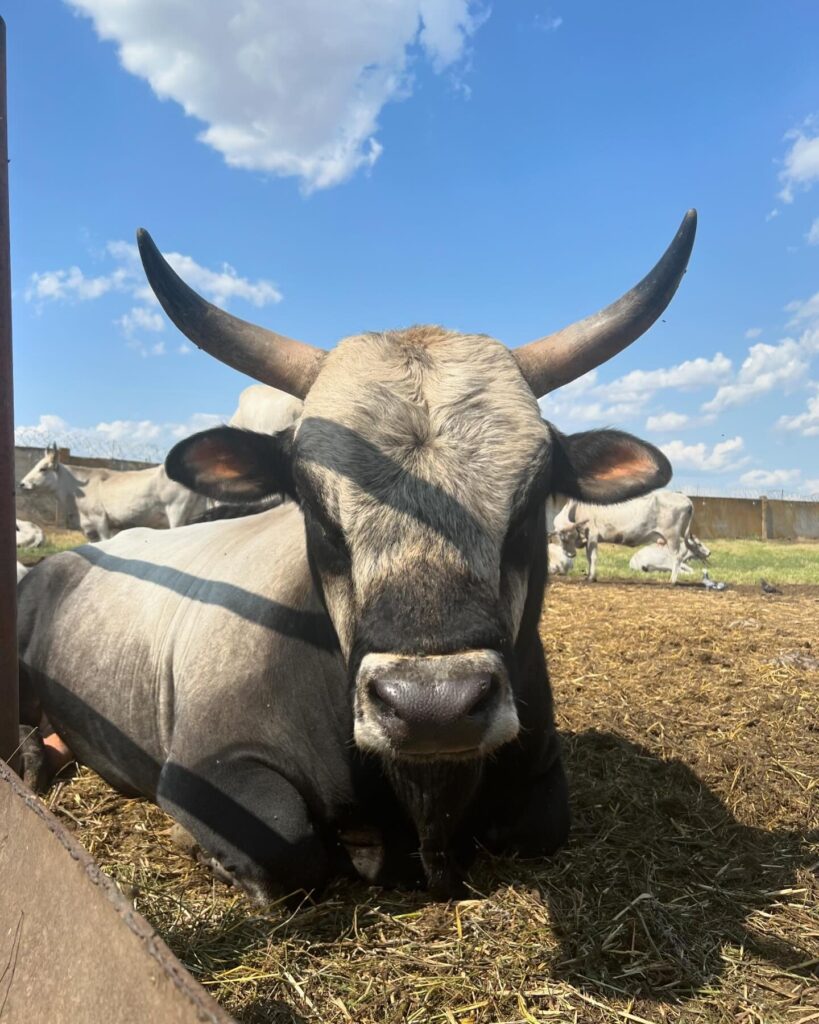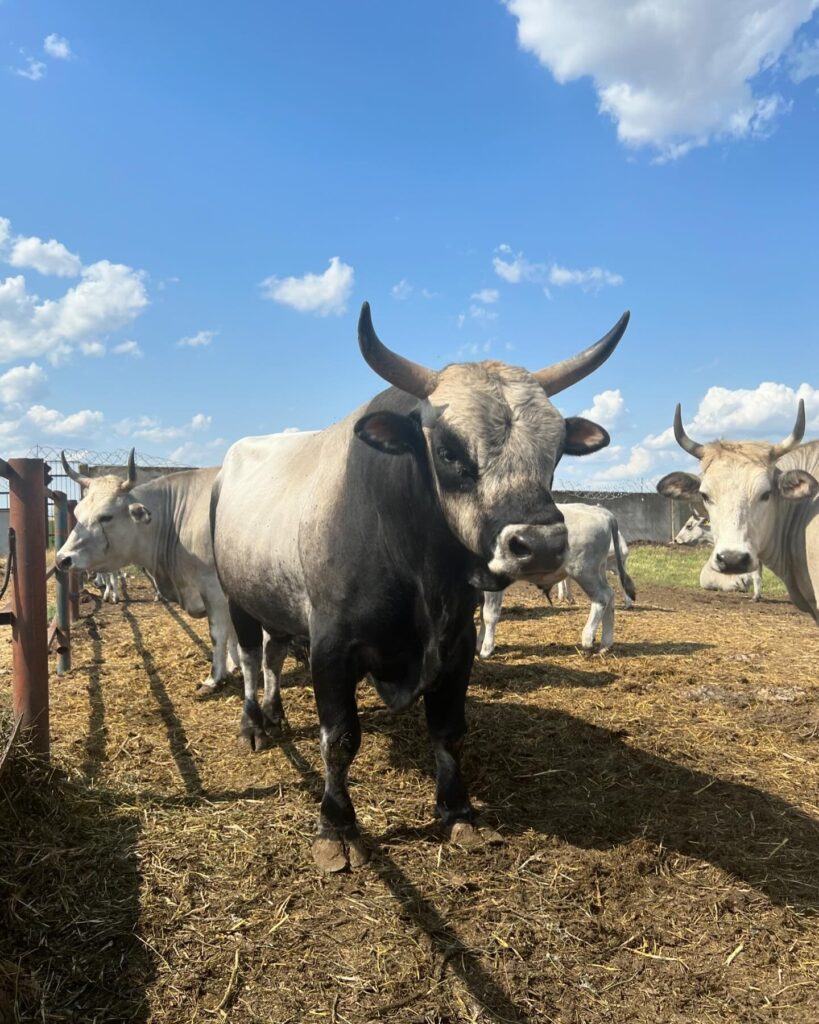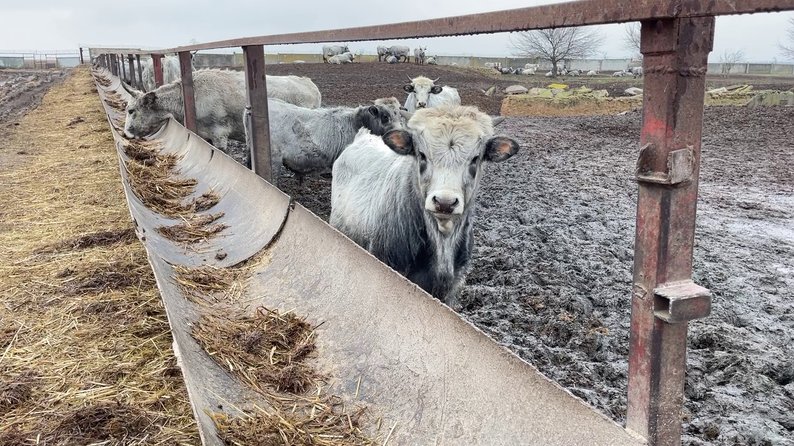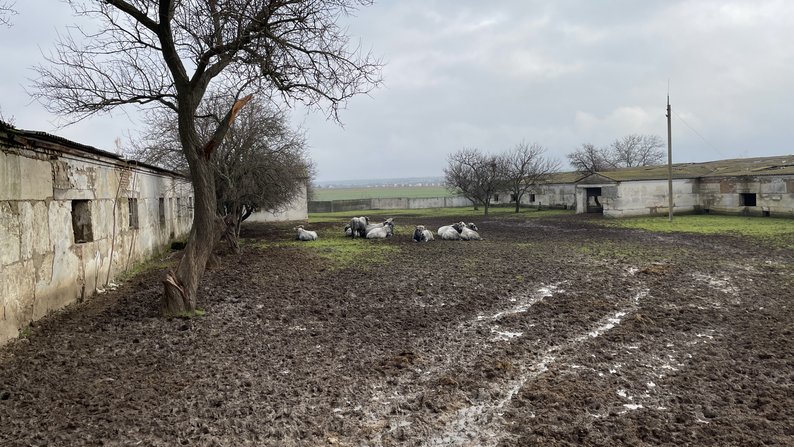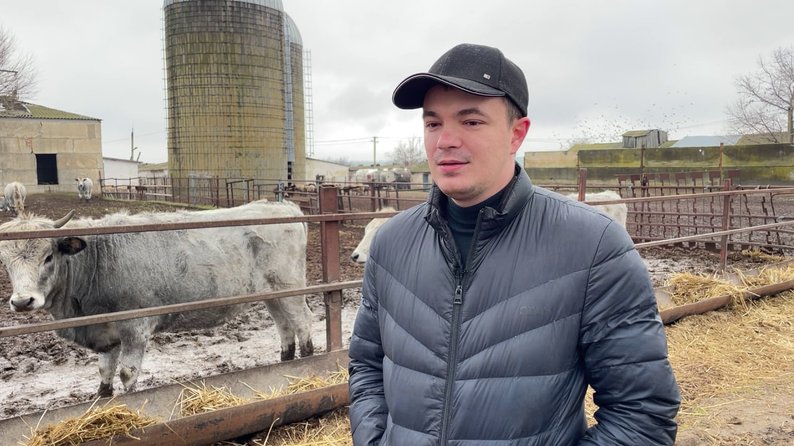Living in the front-line areas of Ukraine is extremely dangerous, let alone running a business. The situation on the right bank of the Kherson region is still particularly hard. Working there is a daily risk and challenge. Nevertheless, in such incredibly difficult conditions, the Sapfir-Agro farm run by Serhiy Sorokunskyi not only restores the production facilities lost during the occupation, but also moves ahead by developing new promising business areas. And it is not only about business, but also about great commitment. Ukrainians are proud of their farmers, who clear the liberated land of mines and sow crops under fire, which is crucial for global food security.
The way to working the land through the restaurant business
Before the full-scale invasion, Serhiy Sorokunskyi had several ambitious plans in the agricultural and restaurant businesses, which he successfully began to implement. The young man already had two university degrees — a master’s degree in business economics and agronomy. At the end of 2021, he defended his PhD thesis and became a Doctor of Philosophy (PhD) in agronomy. He also had an eight-year experience in the restaurant business. And he had worked for the family business, the Sapfir-Agro farm, since he was 15 and started his career as a mechanic.
“At first, I helped my grandfather. He worked all his life as a mechanic on a state farm, he knew how to sow, mow, and repair tractors and combine harvesters. And since the first equipment on our farm was old, it had to be ‘reanimated’ regularly. Only later, gradually, it was replaced by modern and high-tech equipment,” says Serhiy.
The Sorokunskyi family agribusiness is located in the Muzikyvska community on the right bank of the Kherson region. Before Russia’s full-scale invasion of Ukraine, it was one of the most successful communities in the Kherson region. Its favorable geographical location and fertile lands facilitated the development of farming on its territory. There were 22 farms, and more than 800 peasants worked the land individually. One of the largest was the Sapfir-Agro farm, which made a major contribution to the development of the local community.
The young man also had to work as a logistics assistant and storekeeper for the family agricultural company, which was run from the beginning by Serhiy Sorokunskyi’s father, Serhiy Mykolayovych Sorokunskyi. He had to deal with accounting documents, control loading and unloading, as well as receive, issue, place, store, keep records, and be well versed in relevant computer programs. In addition to financial responsibility and accuracy in keeping records, you also have to be sociable, because you have to work with people all the time.
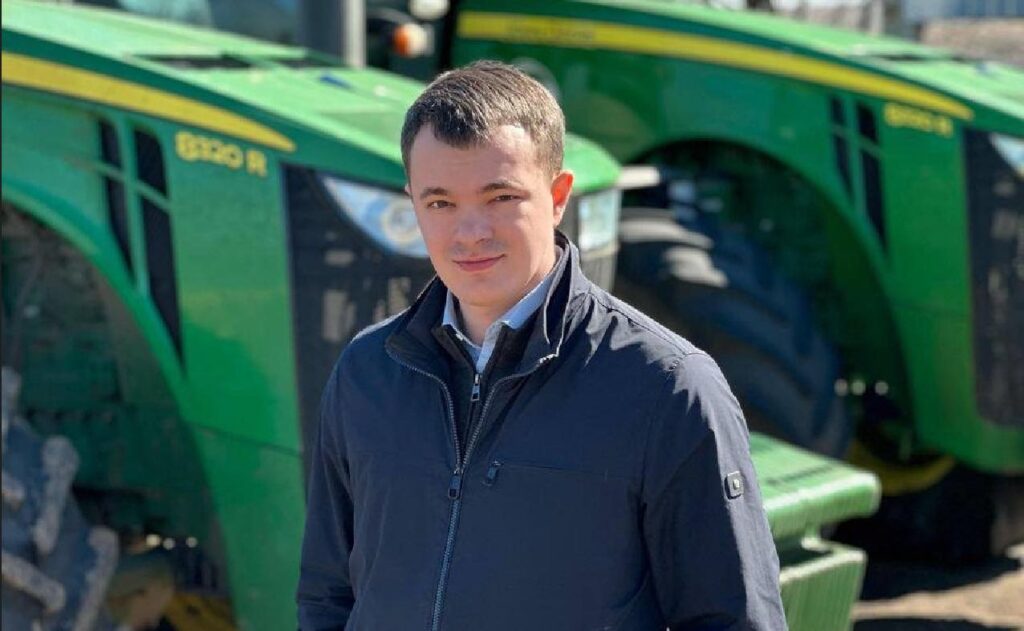
These jobs motivated Serhiy to get an education. Simultaneously, he started his own business and opened a restaurant in Kherson. Over time, the restaurant became famous in the city for its meat dishes.
Serhiy Sorokunskyi’s restaurant was a partner company providing internship and training for students of Kherson universities and colleges. “We organized workshops for students who did their internships and practical training with us, taught them how to work with the advanced equipment, use modern technologies and run a business,” says Serhiy. “Both I and the restaurant staff tried to keep up with the times by attending professional forums, trainings, webinars and workshops.”
When the man’s restaurant business was already firmly on its feet (and he had already defended his PhD thesis), the family council decided that Serhiy would take over the management of the Sapfir-Agro farm, which was founded by his parents, his sister and him.
He started acting as the head of the farm in 2021. He made a long-term business plan; identified the key areas in which he planned to build the company’s economy in the coming years; analyzed how to increase the output and expand the range of agricultural products; make rational use of land, material resources and labor.
Projects that the war put on hold
In 2021, the farm laid 300 hectares of irrigation, which was the first not only on the farm, but also in the entire Muzykivska community. The water was supplied from the Inhulets irrigation system, which provides water to part of the Mykolayiv and Kherson regions.
“My father and I discussed the development of irrigation in the Muzykivska community many times. Traditionally, only rain-fed agriculture was practiced here, when the cultivated land (‘bohara’) is not watered but relies on rainfall. Therefore, productivity depends mainly on weather and climate conditions, and only drought-resistant crops can be grown. It also requires a lot of special agromelioration measures to preserve moisture. So we saw the development of irrigated agriculture as a prospect for our farm, although it requires significant investments per hectare of land,” explains Serhiy.
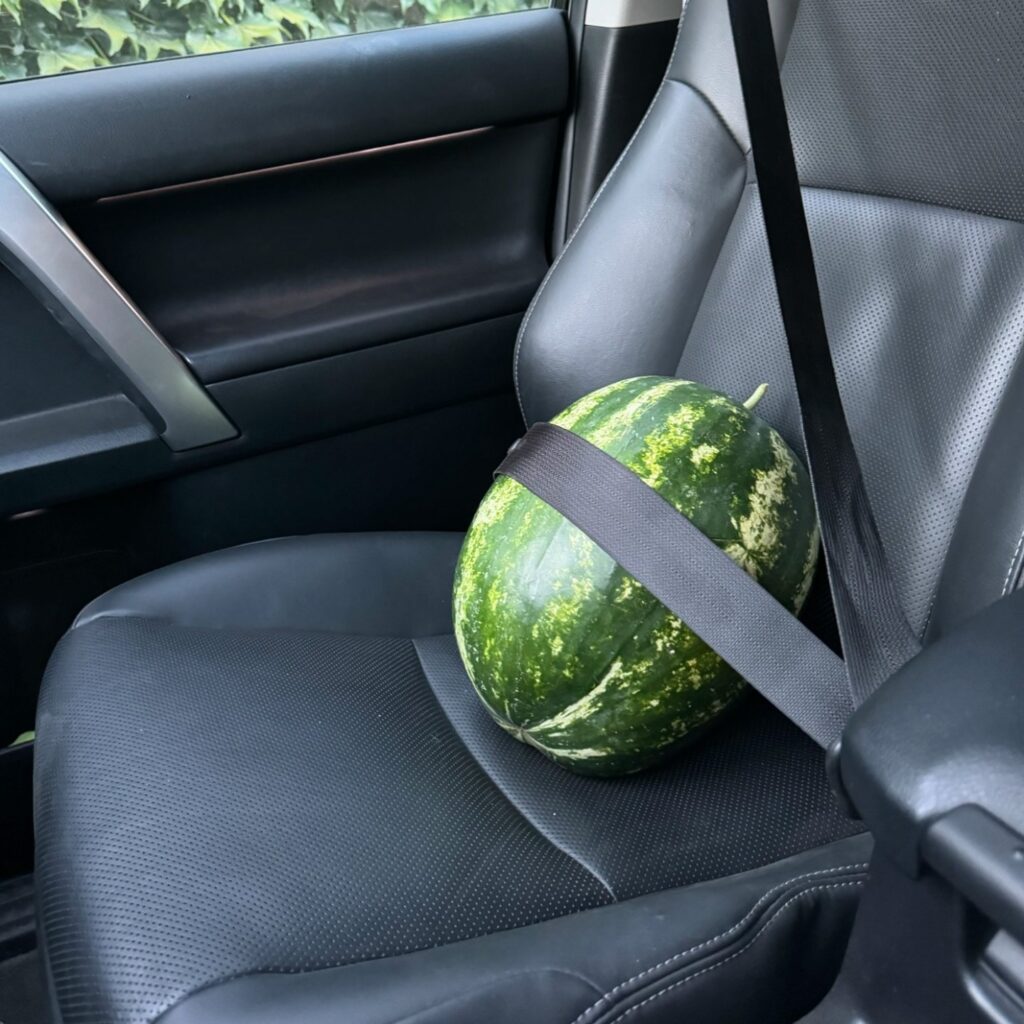
The 2021 season was quite favorable, the farmers were pleased with the results and decided to start building the second line of irrigation on a 600-hectare area. The farm did not have any free funds, so they attracted 22 million UAH in loan funds obtained under the state program of affordable loans to implement it. By the New Year, they managed to lay irrigation pipes, and in late 2021 — early 2022, they received irrigation machines and began installing the system. They kept to the schedule and planned to start spring agricultural works on additional irrigated areas.
However, the war that broke out on February 24, 2022, put all the projects on hold…
“On March 5, 2022, Muzykivka was occupied by the Russians, and on November 11 of the same year, it was liberated. However, during that period, the Russians managed to inflict heavy damage on the company,” the farmer recalls the events of those days. “They stole, looted, or simply broke and smashed everything. The new irrigation equipment was partly taken away and partly vandalized. So now we have the loan, but no irrigation. However, we plan to restore it this year. Especially since we have rebuilt some of the canals and bridges of the Inhulets irrigation system and supplied water.”
Sorokunskyi saw another promising area of the company’s work in restoring the number of livestock and breeding Ukrainian gray cattle, well adapted to the harsh steppe climate. These cattle are a living monument of the ancient and unique Trypillia culture. They originate from a wild tur (primeval wild bull) and are a product of long-term folk selection. It is considered a natural Ukrainian gene pool object that is on the verge of extinction and is protected by the state.
The farmer says that in the past, Ukrainian gray cattle were quite common in the South of the country, but today they are on the verge of extinction. By 2022, there were 850 heads of these animals in Ukraine, most of which were kept on the Markeyevo research farm of the Askania-Nova Institute of Steppe Animal Husbandry. Now it is a temporarily occupied territory, and we don’t know whether the population of these unique animals will be preserved. So, today, Sapfir-Agro preserves the gene pool – they keep 100 heads of Ukrainian gray cattle, and it all started with 15 animals purchased in Askania Nova in 2015-2016.
“At that time, I already had a restaurant in Kherson, where you could taste marbled meat with its unique flavor. Today, the restaurant is closed, and it is unprofitable to take elite meat for sale to the neighboring Odesa or Mykolayiv regions. So I decided it would be wise to increase the number of Ukrainian gray cattle for the time being – it is our strategy until better times. It would be an unforgivable mistake to lose the heritage of Ukrainian folk breeding,” says the head of the farm.
Wartime economy
The company was under occupation for almost nine months, and now, like the entire right-bank Kherson region, it suffers from regular Russian shelling. It is only 10 kilometers from Muzykivka to Kherson, and the positions of the Russian troops on the left bank of the Dnipro River are only a stone’s throw away.
Sapfir-Agro is one of the few farms working even under such difficult conditions after the liberation. Although it is still too early to say that it has restored its pre-war capacity. Serhiy Sorokunskyi says that the most challenging issue for farmers in the de-occupied part of the Kherson region is demining.
“After de-occupation, the situation with mined lands was completely unclear. There were neither signs with inscriptions ‘Mined area,’ ‘Keep out,’ ‘Danger! Mines,’ nor barbed wire fencing,” he says. “…People drove along country roads, grazed cows, worked in the fields and stepped on land mines, because the Russians had mined the fields, roads, forest strips, as well as fortifications — trenches and dugouts.”
Realizing that the land was idle and overgrown with weeds, it was necessary to take the equipment to the fields. According to the farmer, at first they started to work the land areas where there were no Russian positions and which were not fired upon. So at their own peril and risk, people went to the fields on agricultural machinery.
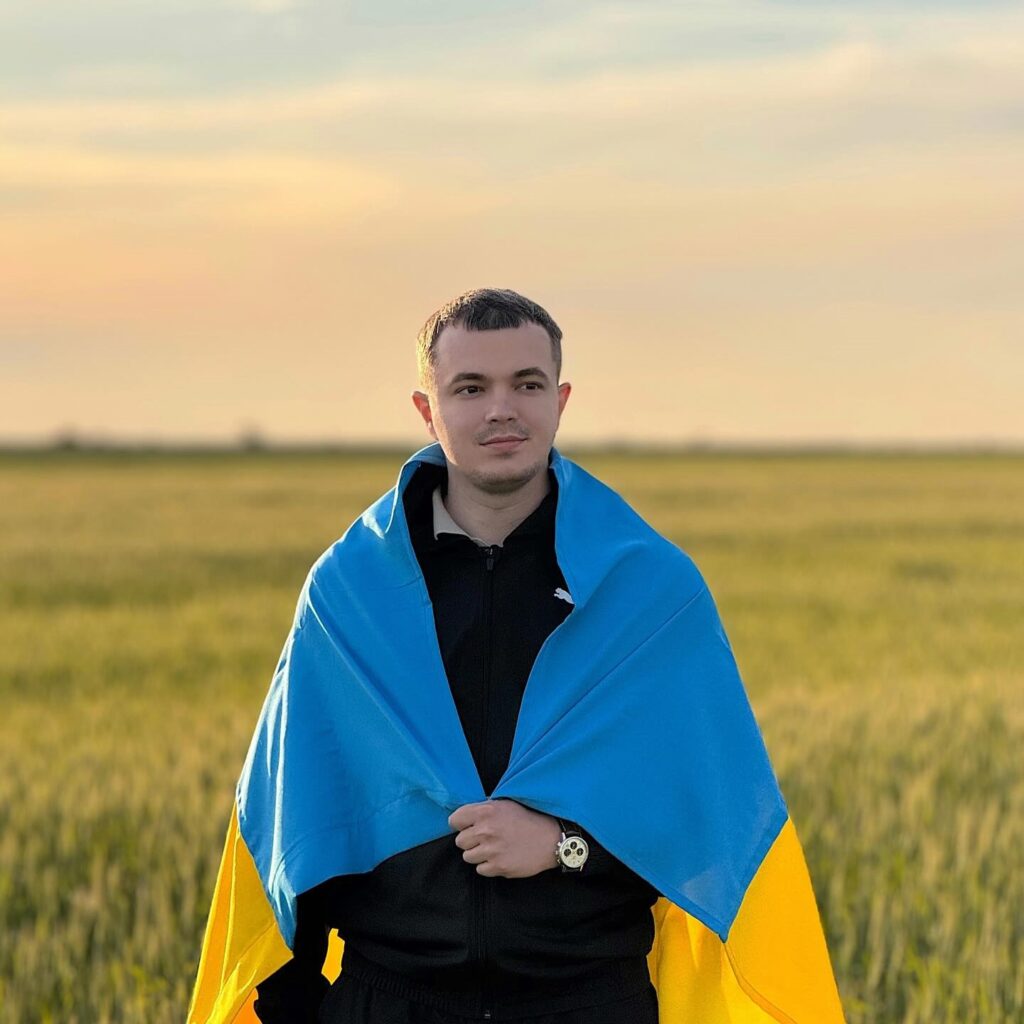
“In the fall of 2022, we sowed only 600 hectares with winter grain crops as compared with the 3,500 hectares we had cultivated before the war. Simultaneously, we were engaged in demining,” says the Sapfir-Agro head.
Since there were no clear instructions on how to act and where to turn for help in mine clearance, Serhiy Sorokunskyi had to write letters and personally visit various levels of authorities, starting from the Kherson Regional State Administration and ending with several ministries in Kyiv, in order to resolve this issue. Besides, he had to conclude mine clearance agreements with commercial enterprises, the military and SESU officers.
“The high authorities told us that the Mykolayiv and Kharkiv regions would be demined on a priority basis. And the Kherson region was the next in line after them. And it would take a year or two to clear the land of our farm because there is a very long queue for demining, and a significant load on sappers,” the farmer says. “However, everything happened much faster, since we worked through cooperation. For example, the military and the SESU officers conducted inspections and demining, and our farm provided equipment, fuel and people for auxiliary work.”
Thanks to such cooperation, already in the first half of 2023, 1,100 hectares of land were demined.
“We immediately sowed those fields with sunflowers. Sowing was finished in late June (!). These are very late dates,” recalls the head of the farm. “Only this year, we finally leveled off, and finished sowing by the end of April. Today, all lands of our farm have been demined. But we cannot say that we have completely avoided the danger. You know, the front line is very close to us, there are artillery and drone attacks. Recently, a drone dropped an explosive on our tractor working in the field. Its disc harrow was damaged, but thank God no one was hurt. In addition, shelling makes bomb craters and holes in the fields. In order to prevent soil degradation, we carry out agrotechnical melioration and land reclamation.”
Conditions for the work of agricultural producers on the de-occupied lands and in the immediate vicinity of the front line are very difficult. However, Serhiy is sure that the country’s economy must work so that Ukrainians have the resources to live during the war with the Russian aggressor. It is not only about filling the state and local budgets, but also about the fulfillment of contractual conditions between the lessee and lessors — ordinary peasants who gave the company their land plots for cultivation.
“It’s no secret that our farm bears a heavy financial burden. We have obligations to shareholders, credit debt of 22 million hryvnias to the bank, and no one has canceled the payment of taxes. In total, these payments amount to 8 million hryvnias per year. All must be settled on time. I cannot just tell people that there is war, we don’t owe you anything,” Serhiy says.
The farmer said that the farm has 600 shareholders. Sapfir-Agro paid them even during the occupation in 2022. However, it was an in-kind payment — grain and straw. That is, they gave people everything they had at the time. Last year and this year, they returned to cash payment.
“These are very important funds for people. They count on them, especially now, when there is no work, and when some have to survive only at the expense of humanitarian aid,” the farmer explains.
“Our future depends on what we do today”
Today, production processes at the farm are back to normal. They traditionally grow grain and industrial crops, in particular, oil crops. These are winter wheat, winter and spring barley, winter rapeseed, sunflower and peas.
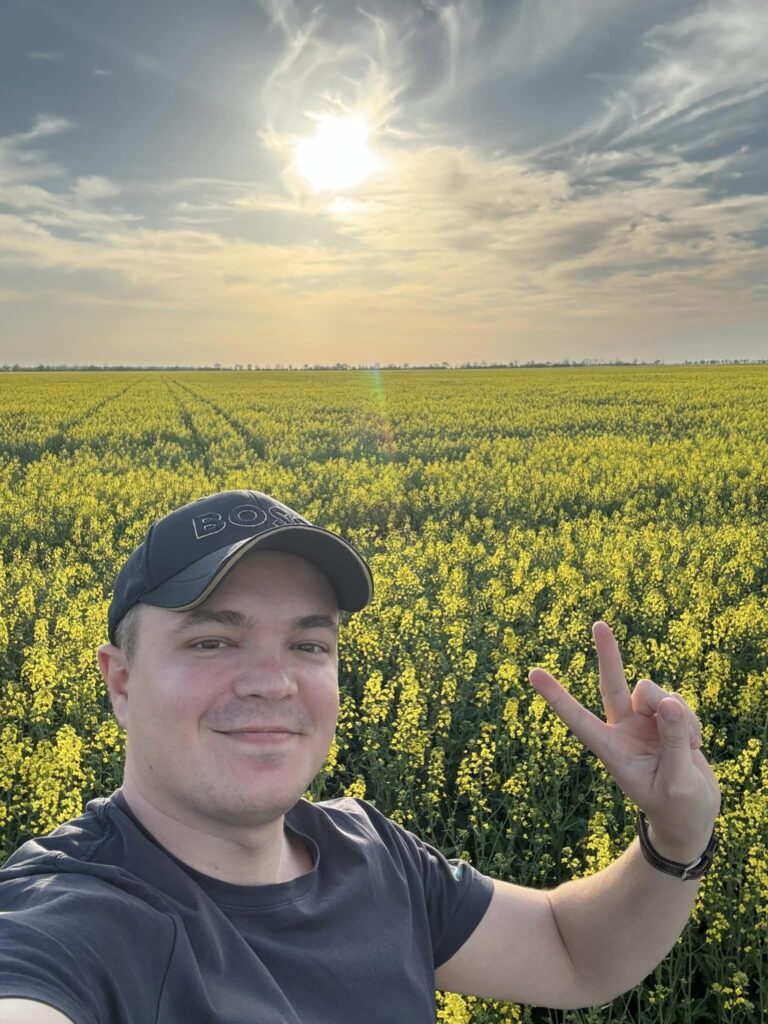
However, they had to change priority crops somewhat, given the price policy for crop production. Sunflower is more profitable than wheat, so farmers sow more sunflowers and less wheat than before the big war.
However, this year has been challenging in terms of weather and climate conditions and crop yield. According to Sorokunskyi, this once again confirms that without irrigation, the Kherson region farms have no prospects for development.
After the territory was de-occupied, Sapfir-Agro faced the problem of staffing, because many people had evacuated from Muzykivka after hostilities began. And after the territory was liberated, there was a second wave of departures caused by constant shelling. Besides, there are mobilization campaigns, even though farming is recognized to be critically important for the economy.
These factors have contributed to the fact that today ninety percent of Sapfir-Agro’s team are new people: residents of neighboring villages and IDPs. However, there is still a catastrophic shortage of workers. There are 2-3 pieces of equipment per worker.
In order to solve the personnel issue, Serhiy Sorokunskyi wants to draw young people’s attention to the possibility of employment in the agricultural sector and destroy the stereotypical image of agriculture. He actively talks about his farm on social networks, using particular examples to show that the days when there were no air conditioners in tractors and when people went to the field with a shovel in their hands have already passed. Serhiy tries to keep up with the times, is interested in new technologies, participates in competitions, and studies the experience of his colleagues.
“Modern agricultural enterprises increasingly use advanced technologies in their activities: drones, Internet platforms, weather stations, specialized mobile applications and data processing systems, so-called SMART technologies,” says the man. “There have appeared many new modern technologies, which make the life of the agricultural producer much easier. For example, vehicles are equipped with various sensors, autopilot, and you are no longer just a tractor driver, but an operator. There have been created various services that allow farmers to know what is happening on their farm from different locations.”
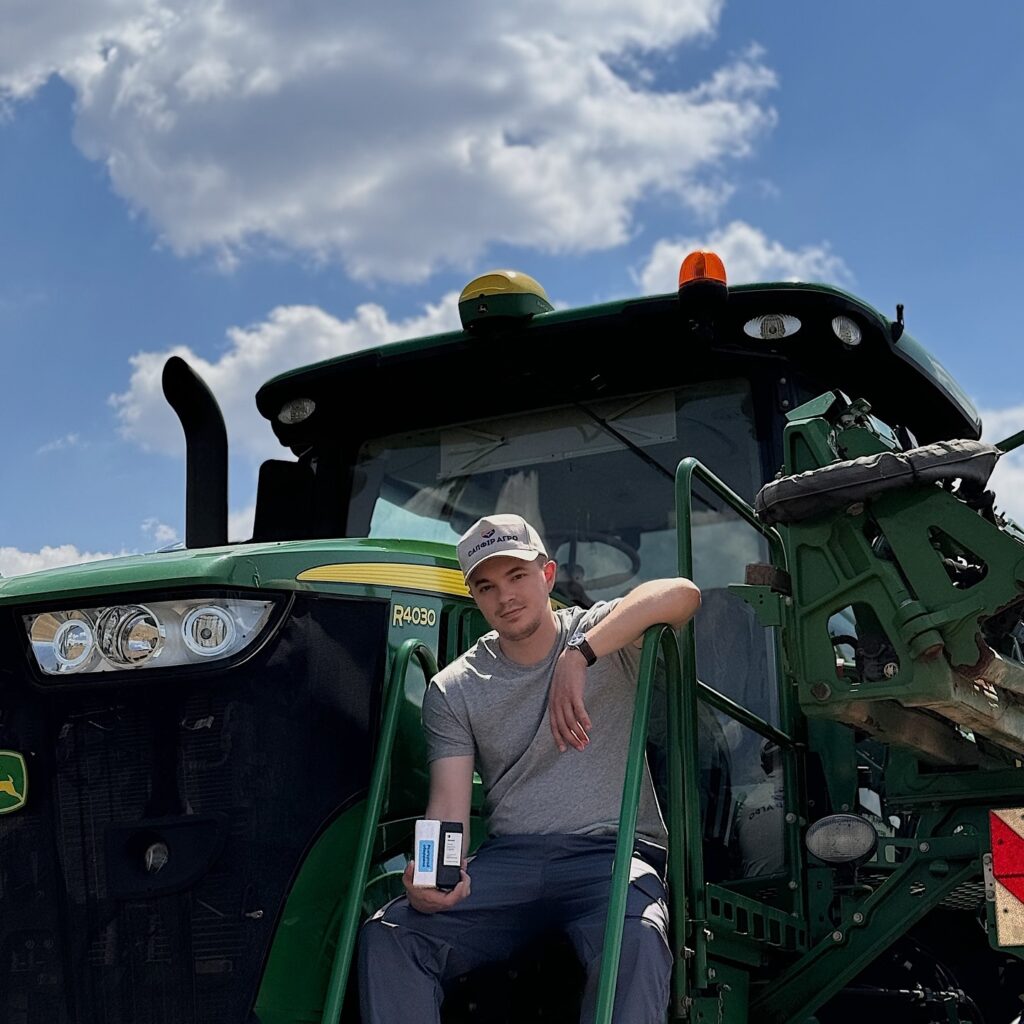
Despite the difficulties of farming in the front-line zone, the farm he runs is on the pages of economic periodicals. Experts rate it highly according to many criteria of economic activity and social responsibility.
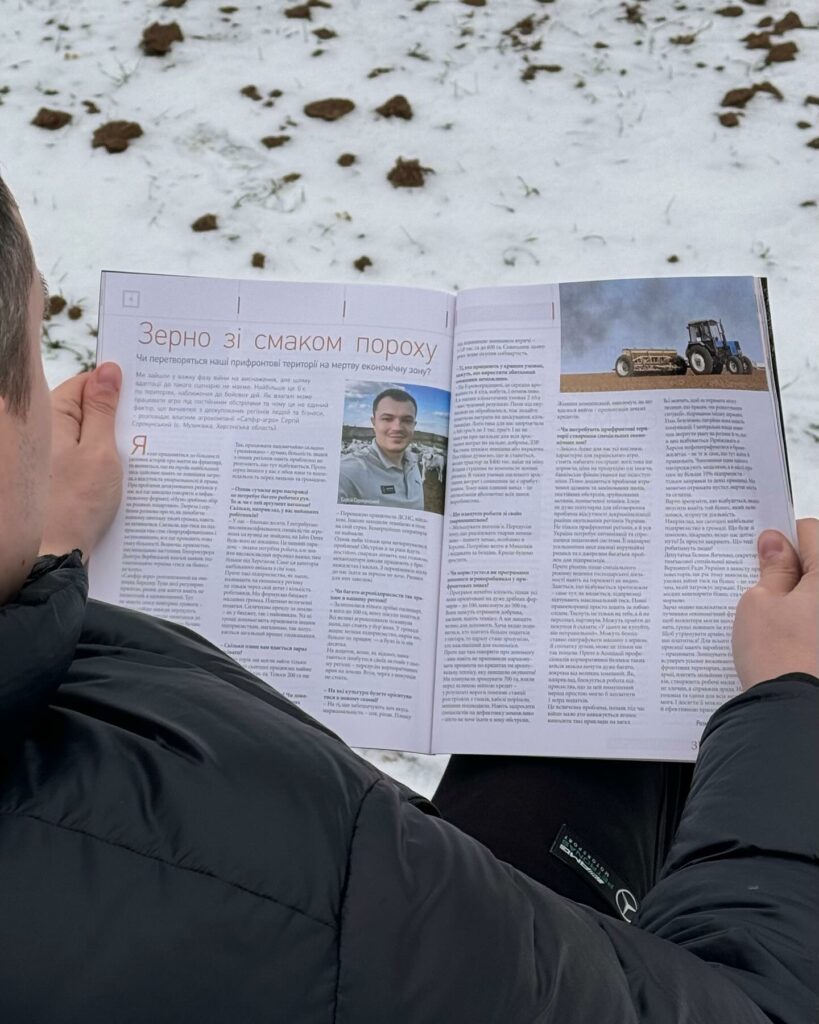
Last year, Serhiy Sorokunskyi decided to join the Association of Corporate Security Professionals of Ukraine, because he believes that in difficult times for the country, it is important to be active and protect your business from risks and threats by yourself. And in May of this year, he joined the Union of Ukrainian Entrepreneurs in order to communicate more closely with his colleagues.
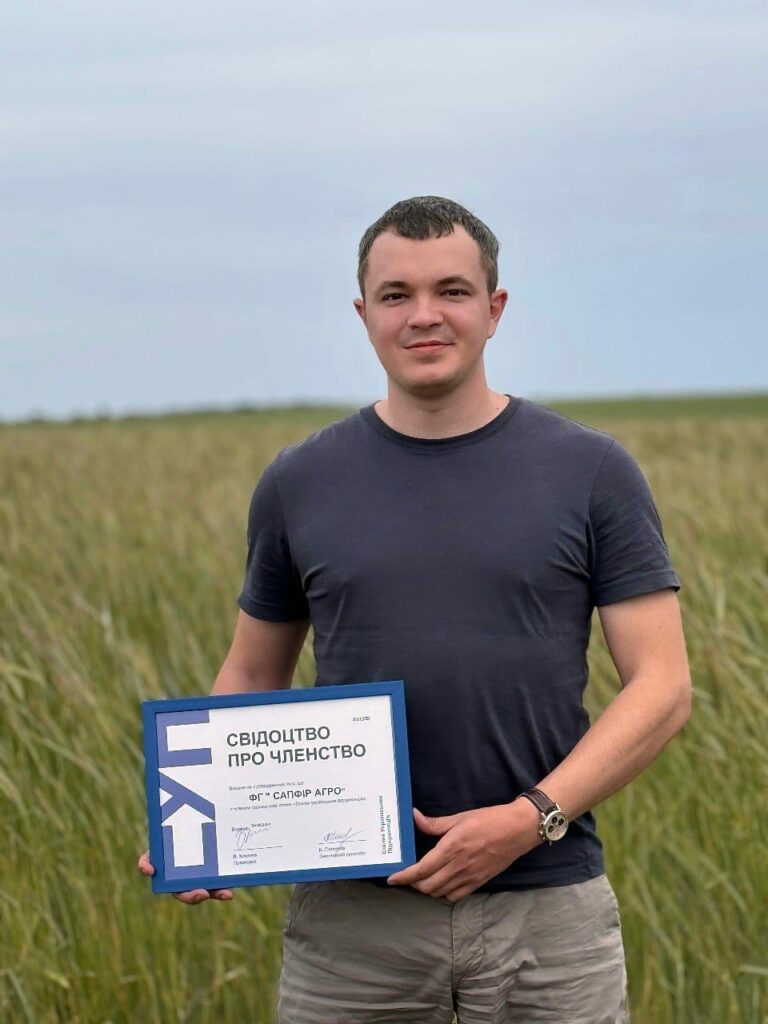
“Our strength is in unity,” he wrote on his Facebook page. Serhiy Sorokunskyi says that he is motivated to work by the people who are close to him and who rely on his support and help. Therefore, he tries to think positively.
“In wartime, when the stability and predictability of daily life is disrupted, farmers face extraordinary challenges. However, during this period Ukrainian farmers show their true strength and courage. Farmers’ motivation in wartime is based on a deep sense of responsibility for the land and the people, on unshakable faith in the future of their country and on the inexhaustible support from the community,” the farmer says. “Looking at the efforts and sacrifices of our soldiers, we simply have no right to be weak. Our future depends on what we do today, as well as on understanding the price we pay for it.”
Author: Vita Kopenko
*All photos were provided by the author and Serhiy Sorokunskyi.
Supported by the U.S. Embassy in Ukraine. The views of the authors do not necessarily reflect the official position of the U.S. Government.

